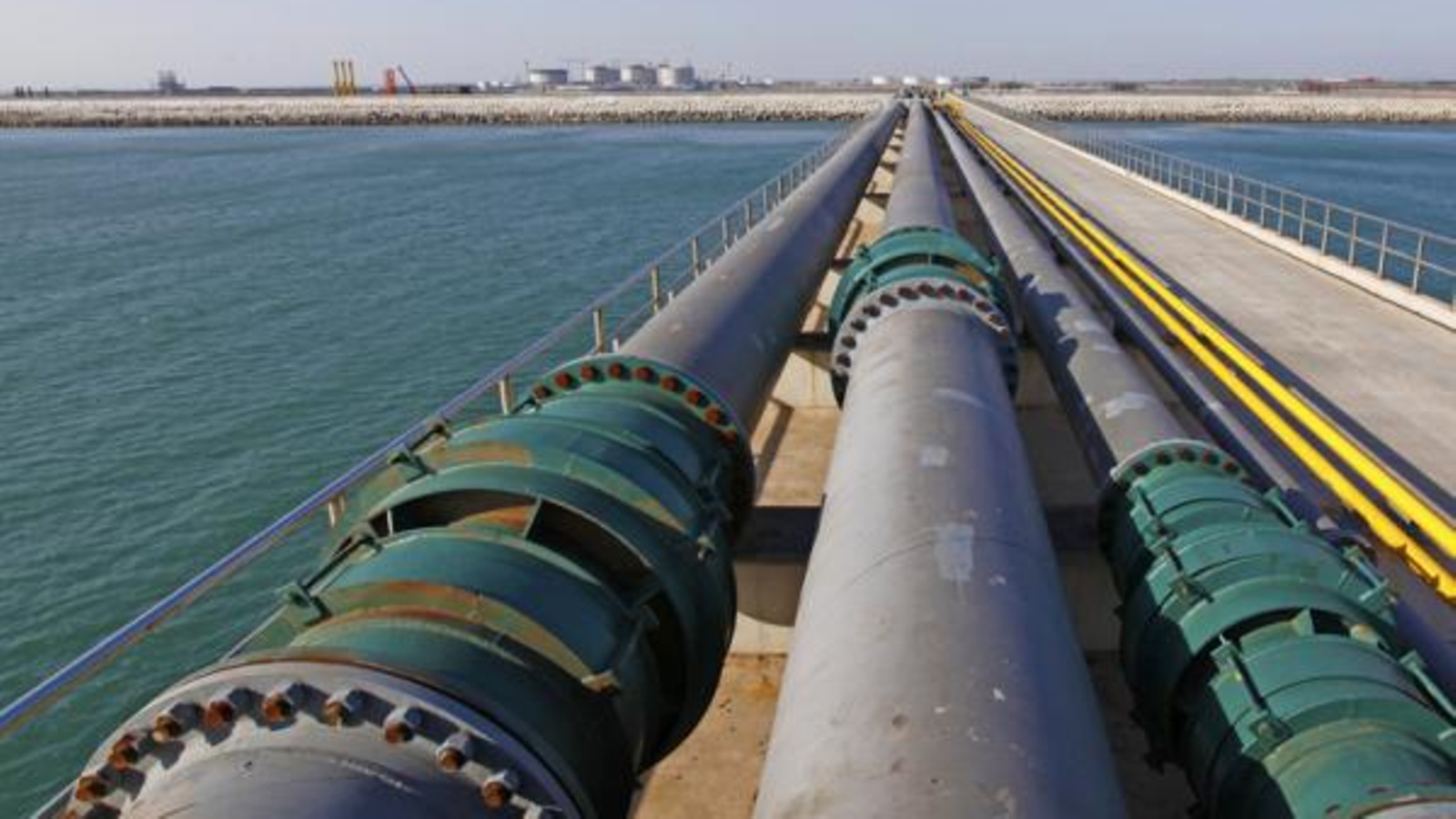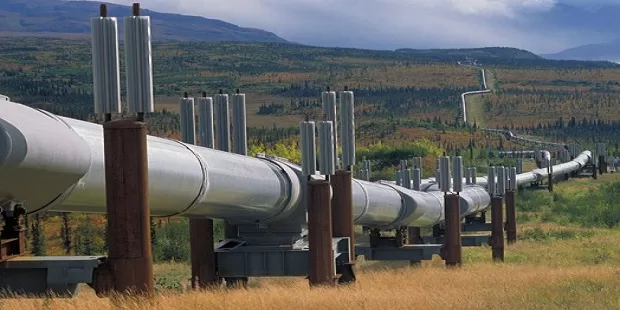According to recent insights, the Tanzania-Zambia crude oil pipeline has selected a contractor to conduct feasibility studies. This is to be done ahead of the expected expansion of the pipeline, also known as the Tazama pipeline. The managing company, Tazama Pipeline, seeks to upgrade the pipeline, built in the 1960s, to a modern one. The project seeks to revamp the pipeline to one that will transport up to 5 million tonnes of crude oil annually. Expansion of the pipeline, which transports crude oil from Dar es Salaam, Tanzania, to Ndola, Zambia, comes from economic pressure. This has necessitated the two countries to leverage better options, as the current one can only transport 800,000 tonnes of oil annually. Implementing the expansion project is expected to be a multi-billion-dollar endeavour, as Tazama Pipeline Ltd. presented a cheque to the government of Tanzania.
The State of Affairs Regarding the Tanzania-Zambia Crude Oil Pipeline

The implementation of the Tanzania-Zambia crude oil pipeline is expected to roll out as soon as possible. “We have commissioned a company, Norplan, to do the feasibility study of the 1710-km pipeline. The company will start its task any day from now to determine, among others, how much the pipeline will cost,” noted Tazama Pipeline Ltd director, Mr Davison Thawethe. Furthermore, he noted that constructing a new one supports economic growth. “The demand for petroleum products has increased, and we aim to meet the demand.”
The deputy Prime Minister and Minister of Energy, Dr Doto Biteko, noted that relevant governments were in talks. The countries aim to increase investment in the Tazama pipeline through Tanzania’s and Zambia’s energy ministries. “The purpose of this investment is to reduce costs for fuel station owners in the areas where the pipeline passes. In addition to the expansion, we also expect to begin the construction of a new 24-inch pipeline, which is currently in the procurement stage before implementation starts,” he noted.
Also read:
The Significance of the Tazama Pipeline Project Upon Completion
Upon completion, the Tanzania-Zambia crude oil project is expected to provide innumerable benefits for both nations. Both nations can supply crude oil to neighbouring countries through pipeline expansion, ensuring positive economic implications. Furthermore, the project will also ensure that it provides opportunities for its citizens, ensuring social mobility and improving standards. Easier transportation is also significant in the agenda, as Dr Biteko noted that the project will reduce the use of trucks in transport.
Furthermore, they expect this will advocate for more nations to leverage pipelines to collect oil at certain stations. ” Our goal is for the oil that is currently transported to southern regions by trucks to be transported via pipeline,” he noted. Through this, Tanzanians will get oil at affordable prices due to lower transportation costs, contributing to the price hike. Additionally, this initiative is expected to help protect roads from rapid deterioration due to truck transportation. This will ensure the viability of roads and promote road safety. Overall, the Tanzania-Zambia crude oil pipeline is expected to be highly significant once expansion is complete.
Also read:
Zambia Prepares for Enhancements to its Fuel Pipeline


This is a massive project which need support from all regional economical pillars